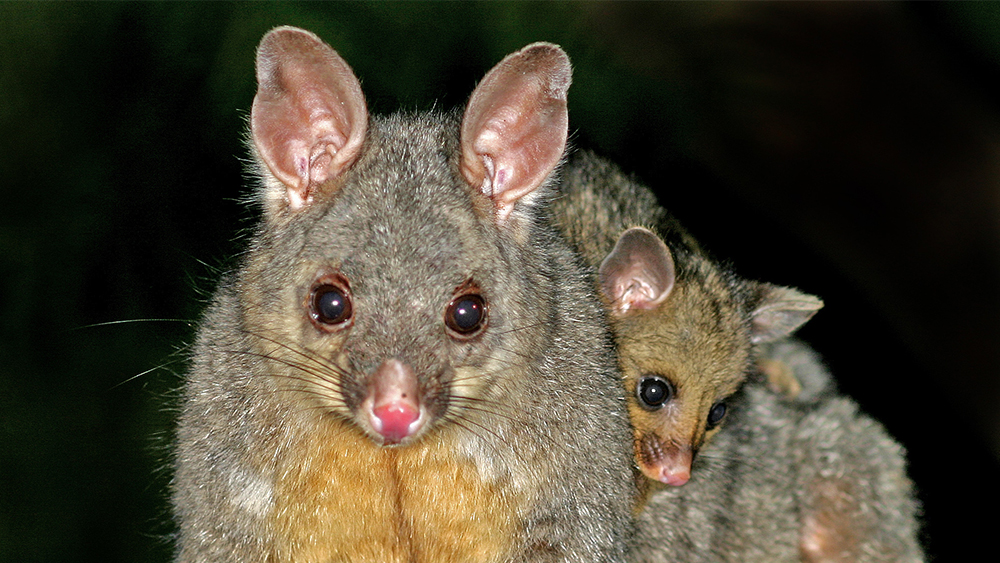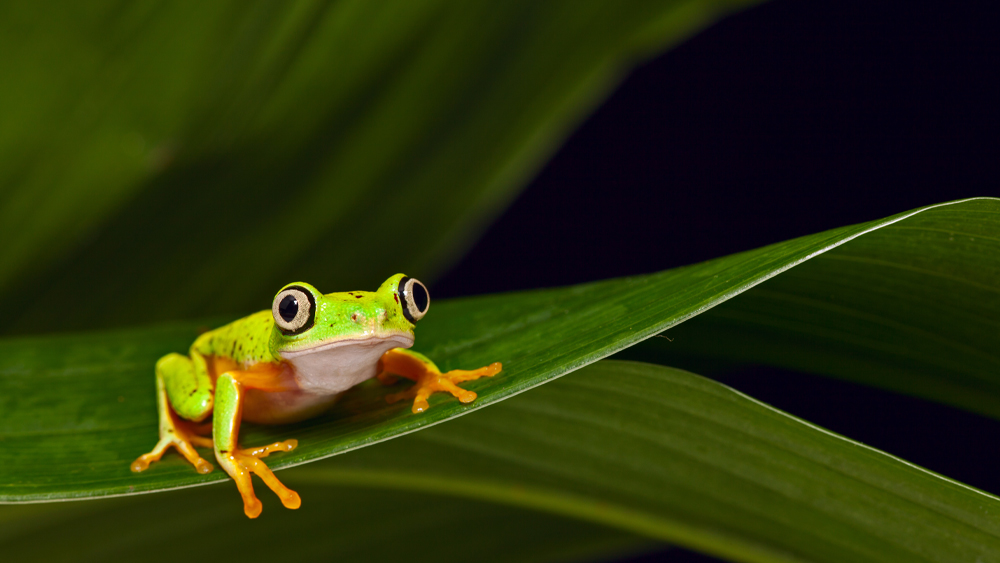
A Big Texas Fossil Possum Is a Primate Ancestor?
Recently, University of Kansas paleontologists discovered a fossil of what they think is a “near-marsupial.”1 It is called Swaindelphys and was found in Big Bend National Park, Texas. Conventional scientists interpret Swaindelphys as a large extinct possum.

Origin of Biofluorescence in Fishes
Biofluorescence is a phenomenon in which creatures—plant or animal—absorb light at a certain wavelength and release or emit it at a different wavelength. The light from the animal becomes a different color from the light that was absorbed.
In 2020, ICR’s Dr. Jeff Tomkins discussed biofluorescence in the platypus, of all animals.

Quietly ''Devolving'' Tomatoes?
Apparently, evolution (and natural selection) can do almost anything:

Yet Another Revised Age for the Land-Animal Ancestor
An allegedly vital piece of animal evolution was first discovered in 1984 in Scotland. Conventional scientists suggested the fossil of Westlothiana lizziae, a lizard-like reptile, is an example of an early stem tetrapod.

55-Million-Year-Old Tree Frog…Is Still a Tree Frog
In the 1990s, Australian paleontologists discovered fossil frog bones during a dig in Murgon, Queensland.1 This new species of frog—Litoria tylerantiqua—was subjectively dated to be 55 million years old.








